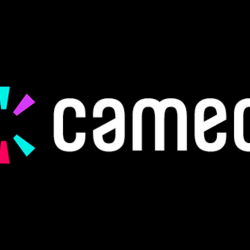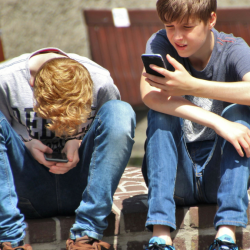At the heart of many a great band, brand or business lies an element of creative tension
Time and time again, history has proven that friction between contrasting characters can produce some extraordinary results; McCartney’s methodical pop ethos combined with Lennon’s chaotic, raw rock n roll to forge an unmatched songwriting partnership. Disney was built through the union of visionary creative Walt and his pragmatic financier brother Roy, while Berkshire Hathaway’s dogged chairman Warren Buffet and the iconoclastic vice-chair Charlie Munger constructed the most successful investment firm in history. The list goes on.
What these examples show us is that friction is vital to a progressive work environment. Without the ability to have constructive disagreements, where contradictory perspectives are not just allowed, but welcomed, businesses stagnate. The most powerful tool for any team or brand looking to innovate in their space is diversity; of experience, knowledge and opinions. As harmonious as it may seem, group thinking is often the enemy of success.
Suppose your business has the opportunity to pitch for a new digital design project; would you ask your lead designer to come up with a concept alone? (If your answer wasn’t an immediate ‘No’, read on).
To put forward the best concept possible, you’d want to bring representatives from your design, strategy, development and business development teams (the list could go on!) to work on the pitch together. Why? Because each would come to the table with a different perspective. Your design team might ideate a beautiful website, but if it doesn’t enable the customer journey outlined by your strategy team, their efforts were fruitless.
Another benefit of conscious conflict is that it prompts people to explicate their differences in ideas and perspectives, enhancing strategic thinking by forcing people to build on their ideas in a safe and open environment. In addition, this nurtures people’s ability to both give, and take, constructive criticism; and here lies the foundation of all positive conflict.
Everyone needs constructive criticism
On both a personal and professional level, honest feedback is what helps us to grow and develop. It’s why many people go to therapists, and why businesses hire consultants — to find areas for improvement. The challenge is learning how to deliver (and take) criticism in a healthy way. And with workplace interactions increasingly carried out via Teams or Slack, creating the rapport that allows these conversations to take place naturally is getting harder.
New research in the US shows that workers spend over 70% of the work week communicating on digital channels, but most still wish they had better tools to be more effective. Workers surveyed in the Grammarly Business Study reported increased stress due to poor communication, and most leaders say personal connections have suffered in the hybrid workplace. So how should businesses navigate this to ensure that constructive conflict is enabled in the digital workplace?
Firstly, businesses can encourage open discussion by creating a culture in which disagreements are celebrated, rather than feared. This can be done through championing people for voicing their opinion and showcasing the beneficial outcome of a workplace disagreement to the wider team.
Secondly, one of the most organic ways to encourage such a culture is for business leaders to lead by example. If a junior member of staff sees two senior employees having a healthy disagreement, whether in person or during a teams meeting, this will not only normalise voicing opinions, but enable that junior member to enter similar situations with a positive mindset.
Providing training for staff to learn how to navigate workplace conflict in a healthy, productive way is one of the surest ways to prevent such scenarios from becoming negative. Whilst conflict, when handled properly, can be a driving force for progression, the flip side of creative tension is bullying and abuse, which was once prevalent in many workplaces. Managers need to be trained to create team interactions that can draw out diverse views in a way that doesn’t alienate individuals or create a toxic culture of competitiveness.
Ultimately, we need to build environments that empower disagreement and channel the energy of opposites.
Featured image: Shvets Production / Pexels
































